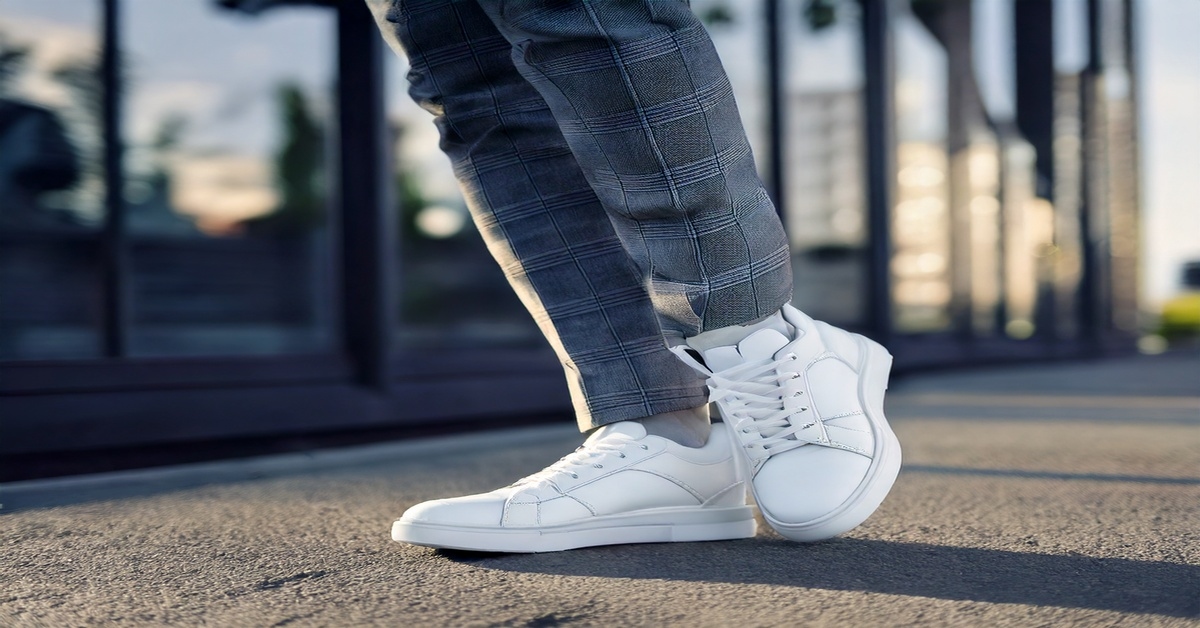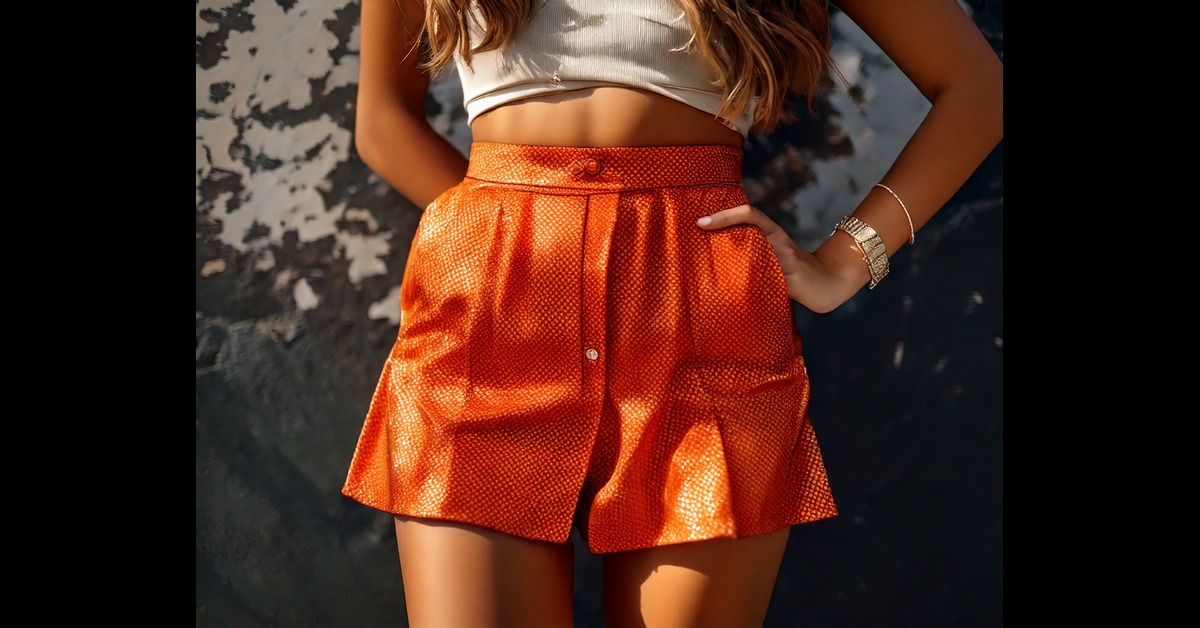With fall witnessing an end, it’s time for winter to make its yearly debut. And of course, there’s no better time to discuss the best fall and winter fabrics than now; at the cusp. You must be tired of hearing the advanced theories of color coordination and layering techniques. Let’s do something different for a change and discuss the intricacies of winter fabrics and outerwear materials.
In this article, we will be highlighting the properties of a variety of winter fabrics along with their textures and aspects to consider to make the right choice.
What To Expect In This Article?
Importance of Choosing the Right Fabric
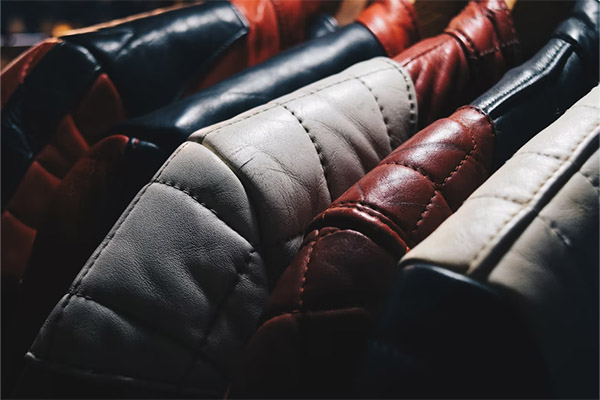
Choosing the right fabric is key to the overall style and functionality of your outfit. Each fabric has its unique appeal: silk offers elegance for a lean look, while cotton is durable and perfect for everyday wear. Expecting cotton to perform like silk isn’t realistic.
Similarly, rugged men’s jackets, crafted from materials such as thick leather or durable canvas, offer both style and practicality for the colder months and outdoor activities. Just as you wouldn’t expect silk’s finesse from cotton, choosing the right fabric for your jacket ensures both performance and style are spot on.
Wool, faux fur, fleece, leather, corduroy, and down are some of the common winter fabrics. These fabrics are warm and multipurpose, providing protection from cold weather while also establishing stylish looks, making them all-rounders.
Seasonal Fabrics vs Annuals

We often overlook conversations about seasonal and annual clothing. What is the difference, exactly? Well, seasonal fabrics are those that can be worn multiple times across several seasons.
On the other hand, annual fabrics are those that can be worn only once a year, i.e., one season.
This goes on to establish that seasonal fabrics are far more versatile than annuals since they are quite restrictive in their approach. One example that we can take here is denim and down fabric. Denim is one such fabric that is inclusive and can be worn throughout the year. Down, however, is a type of fabric that is only suitable for winter. Similarly, designer leather coats are a fantastic example of seasonal outerwear, offering both style and warmth for cooler months, but not suitable for year-round wear.
Fall and Winter Fabrics
Read about the best winter and fall fabrics in detail.
Wool
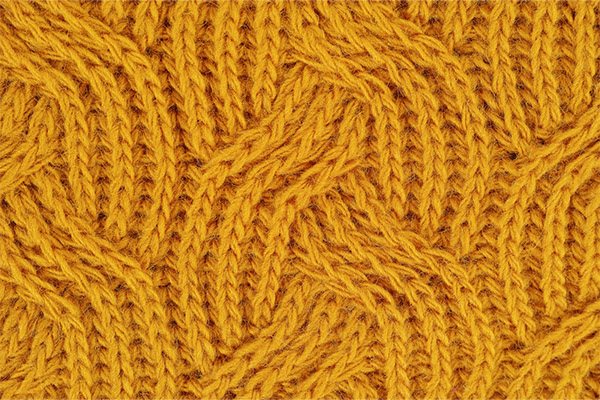
Wool is an integral part of winter clothing, as it possesses high insulation properties, allowing individuals to stay warm and comfortable in cold climates. Make it a go-to fabric for your winter capsule wardrobe as it is lightweight and highly durable. Wool has a natural elasticity that lends it easy flexibility and a long-lasting lifecycle.
This fabric is effective in trapping moisture and air to keep you warm and dry. It maintains its sustainable stature by being biodegradable and compostable. Additionally, it is antibacterial, antimicrobial, and hypoallergenic, making it one of the safest options to wear in winter.
There are several different types of wool that are easily accessible to you: Merino wool, lambswool, flannel, tweed, worsted wool, shearling, mohair, cashmere, angora, and alpaca.
Faux Fur
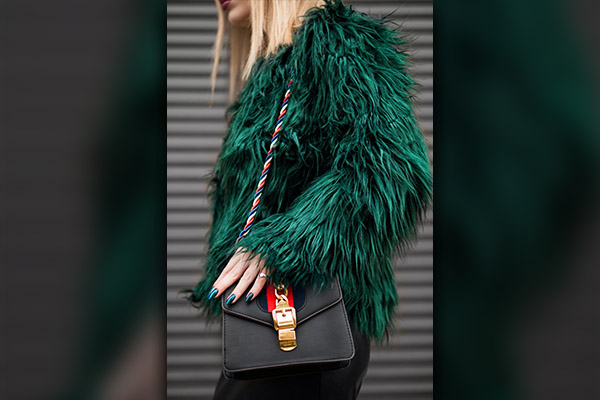
Who doesn’t enjoy wearing fur? In fact, when it comes to fur, the table will always be divided. Either people love it or don’t. Fur exudes power, elegance, and flamboyance. It is exceptionally comfortable and has a soft fluffy texture that is simply extravagant. Think Shearling jackets.
Obviously, faux fur is better as it’s more affordable and has a politically better response. Do you know, faux fur is made from synthetic fiber and that is basically plastic? Sounds a bit bizarre, right? Faux fur is a great statement piece and must always be part of your winter wardrobe.
Fleece
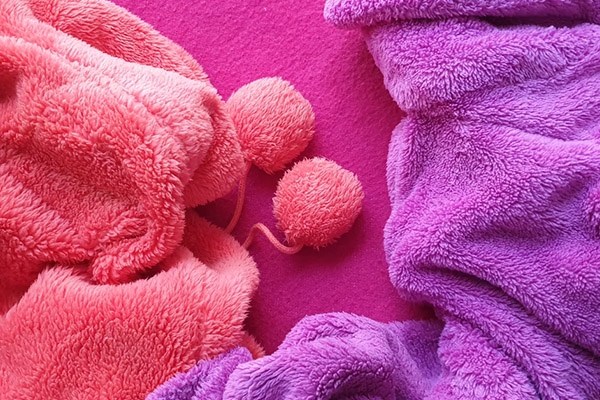
Contrary to popular belief, fleece is made entirely from synthetic fibers and not sheep’s coats. Not only is this fabric highly breathable, but it is also fast drying. This cozy fabric is man-made and has only one problem; not water-resistant.
This lightweight fabric is an exceptional choice for winter. It is affordable and a great alternative to wool and cotton. You can use it for stylish winter outfits and carry it well due to its texture and look.
Leather

Leather is one fabric that gets better with age; only if it’s real, of course. There are many different types of leather available with each having an alternative; calfskin, cowhide, sheepskin, goatskin, suede, etc. Leather is extremely durable and it has the ability to mold into whatever shape and body it wears. Having high insulation properties, leather becomes one of the best fabrics for winter jackets and coats, like trench coats and windbreaker jackets.
Corduroy
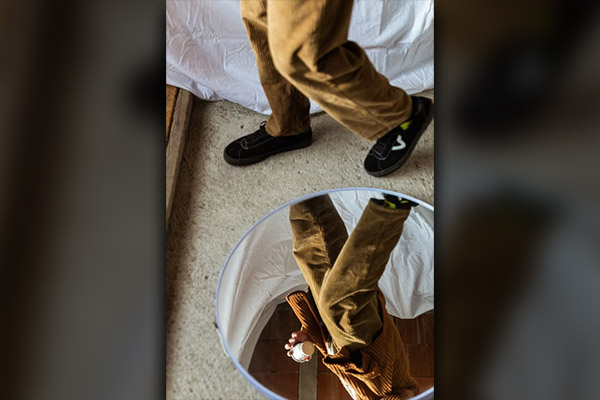
This soft and durable winter fabric has a velvety texture that is made from pile-cut yarn and is perfect for trousers. This fabric is functional, stylish, and extremely warm. The versatility of corduroy is undeniable, it is thick and warm, making it perfect for winter and soft and textured for summer.
Down
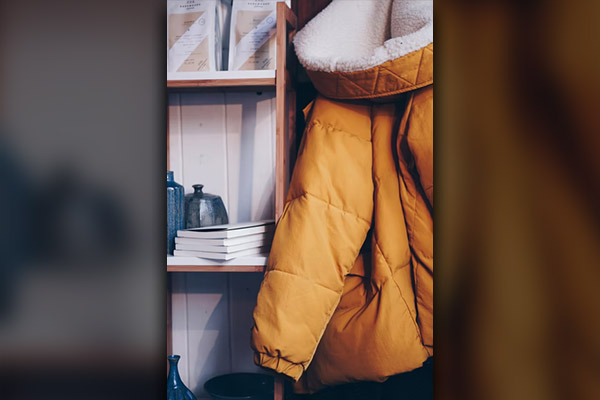
The list of warm fabrics is lengthy but the warmest fabric for winter is definitely down due to its high insulation properties and ability to trap body heat. Known to be the best fabric for winter it is also ultra-light in weight. If you offer it proper maintenance and care, it will serve you back with high durability and longevity. It’s made from natural fibers and it’s best not to wear it in rainy seasons since it isn’t water-resistant and takes time to dry up.
Fabrics Based on Function
Although all the fabrics mentioned above are great for winter, wool, fleece, leather, and faux fur are actually the best as they tackle various aspects like durability, insulation, longevity, water resistance, style, and aesthetics.
These winter fabrics not only look great but also feel good. You might be surprised that down wasn’t included in the list. It’s not that you can’t or shouldn’t include it in your winter wardrobe—it’s perfect for activities like hiking or in extremely cold climates. However, when it comes to water resistance, it can be a bit problematic.
For better water resistance and warmth, high-tech insulated puffers are a fantastic alternative. They combine advanced insulation with weather-proof features to keep you dry and warm, no matter the conditions.
Colors, Fabrics and Textures: Making the Right Choice
What you can draw from this article is the significance of winter materials. When deciding what to wear, always consider its fabric, texture, and color as it contributes to your overall comfort and style. The texture of faux fur and the texture of cotton are quite distinct and so no comparison can ever be drawn. At the same time, both are deemed to be the best fabrics for winter. Of course, it then comes down to properties and aesthetics.
The range of winter fabric types is vast and so categorizing the best fabrics for cold weather can be tricky. One rule of thumb is this: the warmer the clothes the more comfortable they feel. There are various types of winter clothing; wool, leather, fleece, faux fur, and corduroy are the best clothing material for winter as proven above with fact.
FAQ
Wool is an exceptional choice for winter clothing. It has natural insulating properties and is ideal for seasons that are snowy and rainy. It can be the perfect mid-layer; especially if paired with polyester.
From silk to wool and cotton, there are many fabrics that you can choose for your winter dresses. However, the ideal way to create an outfit out of them is by layering them properly with either parka jackets or fur coats.
Yes, polyester is warmer than cotton and a much better option in winters. Not to say cotton is not appropriate. But again, cotton can serve as a great layering that needs to be topped up with a bomber or winter jacket made from fleece, polyester, or denim.
Merino wool is deemed the best option for layering and thermals in winter.
Down, fleece and wool are known as the warmest fabrics for winter.
In Conclusion
Hence, it has been established that wool, faux fur, fleece, leather, corduroy, and down as the best fabrics for winter. They are not only stylish and aesthetically pleasing, but they’re also comfortable and great for layering and warmth. Thus, use them in overcoats and leather jackets included in your winter capsule wardrobe.


